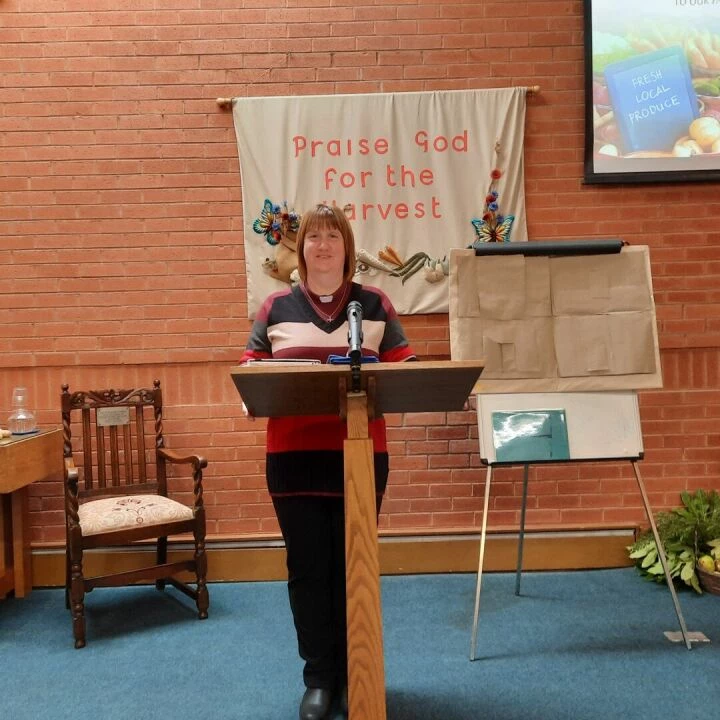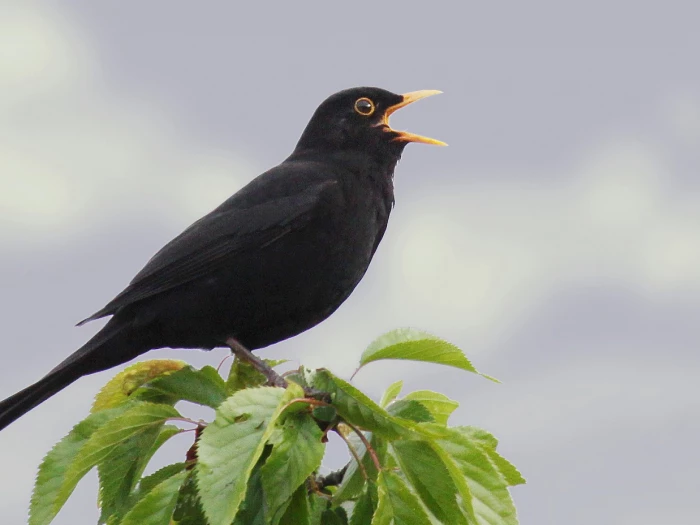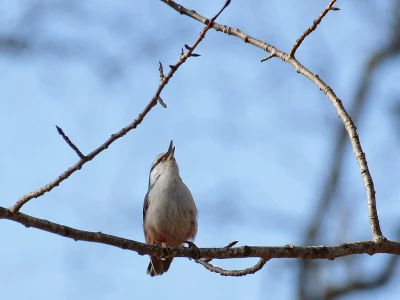Have you noticed birdsong building over the past few weeks? There's always some birdsong, but lately it has been turned up a notch as males compete for the best females and declare their territory to competing birds. For birds, singing is basically a way for males to show off how healthy and attractive you are. In most species which live in temperate areas like Britain, the females do not sing but have a repertoire of 'calls' to communicate threats, or their location, although female Robins and Tawny owls are known to sing. In tropical areas, females often do sing and duet with their mate.
Around half of the world's 10,000 species of birds are termed 'songbirds' (passerines). They produce the sound from a specialised voice box called the syrinx located just above the area where the trachea splits into two to form the bronchial tubes. The two sides of the syrinx can be controlled individually and a bird can inhale and exhale from each lung separately, enabling some birds to make two notes, even a rising and falling note at the same time which explains the incredible complexity of some birdsong and why one bird can sometimes sound like two .
Songbirds learn their songs, whereas, other birds have calls which are generally more instinctual although an individual can usually be recognised by other birds in the vicinity. during a critical period in the nest, nestlings listen to the adult song and songbird fledglings then attempt to copy the songs of the adult birds around them and can be heard practicing until they can replicate their teacher's song.
Studies of songbird species around the world have revealed that birds, like humans have local dialects, especially when they are non migratory, and their populations are geographically isolated by mountains or water.
Listening to the dawn chorus, you may wonder why birds sing more at dawn than at other times of the day. Scientists are still not certain why this is but there are some popular theories. Birds sing more during the breeding season and tend to sing at times when they are settled in their territories which is normally early morning and before they settle down to roost. It is believed that they are mostly communicating a defence of territory or a mate and after they have finished defending the bird needs to get on with the business of replenishing the energy it has expended singing by searching for food. They tend to sing from an elevated position relatively close to the nest as their territory is often far more than just a nest or an individual tree. There is another theory that birds sing in the early morning and evening because their voice carried further as there is less competing noise and the air is less dense.
Dawn Chorus or Evening song, nature's free open-air concerts, can lift our mood. Just open a window and you can tune in. Walking through the woodlands, the birds really drowned out the road noise from the bypass.
The countryside charity CPRE have created an audio guide to some of the birds you're likely to hear — a who's who of the songbirds.
Charles Bradley is creating a series of articles on the bird species that you can hear in Tarvin, however, if you would like to get another fix, here os an audio guide to some of the more common uk species.
Quick Links
Get In Touch
TarvinOnline is powered by our active community.
Please send us your news and views.










